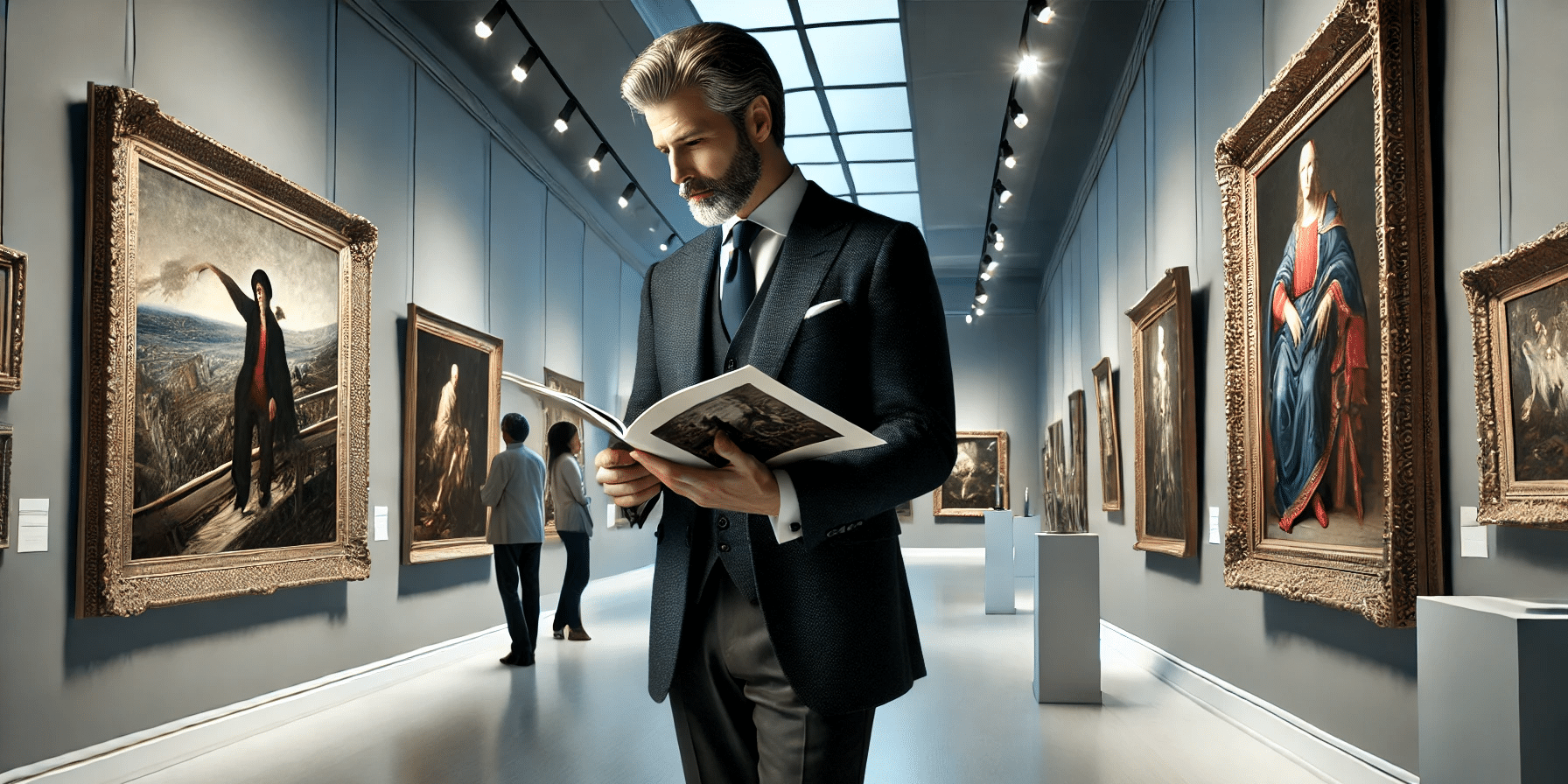In the realm of photography, lighting serves as a fundamental element that can make or break the success of a photoshoot. Proper lighting is essential for capturing subjects in their best light, enhancing their features, and conveying the desired mood or atmosphere. This article delves into the significance of proper lighting in photoshoots, exploring how it influences composition, aesthetics, and overall image quality.
Photography is an art form that relies heavily on light to create captivating and visually compelling images. Whether it’s portraits, landscapes, or still life photography, the quality and direction of light play a crucial role in shaping the final outcome of a photograph. Proper lighting is paramount in photoshoots, as it can accentuate the subject’s features, highlight important details, and evoke emotion or atmosphere. Understanding the principles of lighting and how to manipulate it effectively is essential for photographers seeking to create impactful and memorable images.
The Power of Light
Light is the foundation of photography, serving as both a tool and a subject for photographers to explore and manipulate. From natural sunlight to artificial lighting sources such as studio strobes and LED panels, photographers have a wide range of options at their disposal for illuminating their subjects. The way light interacts with the scene, whether it’s diffused, reflected, or direct, can dramatically affect the mood, tone, and visual impact of a photograph. By mastering the art of lighting, photographers can unleash their creativity and craft images that resonate with viewers on a deeper level.
Enhancing Composition and Visual Appeal
Proper lighting is instrumental in enhancing the composition and visual appeal of photographs. By carefully controlling the intensity, direction, and quality of light, photographers can create dynamic lighting patterns, shadows, and highlights that add depth and dimension to their images. Whether it’s using backlighting to create a halo effect around the subject or employing side lighting to sculpt and define facial features, lighting can be used to emphasize certain elements of the composition and draw the viewer’s eye to specific areas of interest.
Creating Mood and Atmosphere
Lighting plays a pivotal role in setting the mood and atmosphere of a photograph, influencing the emotional response of the viewer. Soft, diffused lighting can evoke a sense of warmth and intimacy, while harsh, directional lighting can create dramatic shadows and tension. By selecting the appropriate lighting setup and color temperature, photographers can convey a wide range of emotions and narratives, from joy and serenity to mystery and suspense. The interplay of light and shadow adds depth and complexity to the visual storytelling process, allowing photographers to imbue their images with meaning and resonance.
Achieving Technical Excellence and Image Quality
In addition to its creative potential, proper lighting is crucial for achieving technical excellence and optimal image quality in photography. Well-lit photographs exhibit greater clarity, detail, and color accuracy, resulting in images that are sharp, vibrant, and visually appealing. Proper lighting minimizes noise and distortion, allowing photographers to capture subjects with precision and accuracy. Whether it’s freezing motion in action shots, capturing intricate textures in still life photography, or achieving flattering skin tones in portraits, proper lighting is essential for producing professional-quality images that stand out from the crowd.
Controlling Exposure and Contrast
Lighting plays a key role in controlling exposure and contrast in photography, ensuring that highlights are properly exposed, shadows are well-defined, and details are preserved throughout the image. By adjusting the intensity and direction of light, photographers can achieve the desired balance between light and shadow, preventing overexposure or underexposure of important elements in the scene. Proper lighting techniques such as fill light and bounce light can help to mitigate harsh shadows and reduce contrast, resulting in images that are well-balanced and visually pleasing.
Expanding Creativity and Artistry
Proper lighting not only enhances technical aspects but also expands the creative possibilities and artistic expression of photographers. By experimenting with different lighting setups, modifiers, and techniques, photographers can create unique and visually striking images that push the boundaries of traditional photography. Whether it’s using colored gels to add drama and flair to a portrait or incorporating creative lighting effects such as light painting and long exposures, proper lighting allows photographers to unleash their imagination and bring their creative vision to life.
Mastering Light Modifiers and Accessories
In addition to understanding the principles of lighting, photographers must also familiarize themselves with a variety of light modifiers and accessories that can enhance the quality and versatility of their lighting setups. From softboxes and umbrellas to reflectors and diffusers, light modifiers enable photographers to control the intensity, direction, and diffusion of light, allowing for greater precision and creative control. By mastering the use of light modifiers, photographers can tailor their lighting setups to suit the specific requirements of each photoshoot, whether it’s achieving soft, flattering light for portraits or creating dramatic, high-contrast lighting for fashion or editorial photography.
Takeaway
Proper lighting is essential for achieving success in photoshoots, as it influences composition, aesthetics, and overall image quality. By mastering the art of lighting, photographers can enhance the visual impact of their images, evoke emotion and atmosphere, and create professional-quality photographs that resonate with viewers. Whether it’s capturing the beauty of natural light outdoors or experimenting with artificial lighting setups in the studio, understanding the principles of lighting is essential for photographers seeking to elevate their craft and create memorable images that leave a lasting impression.







